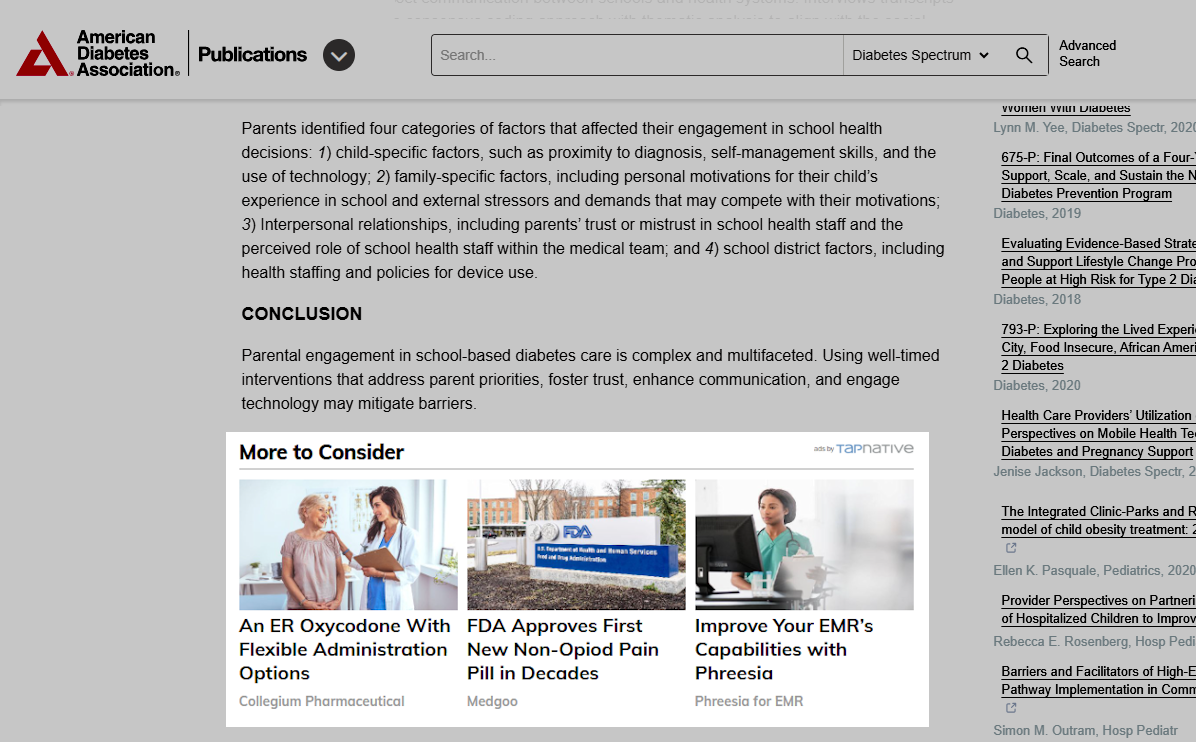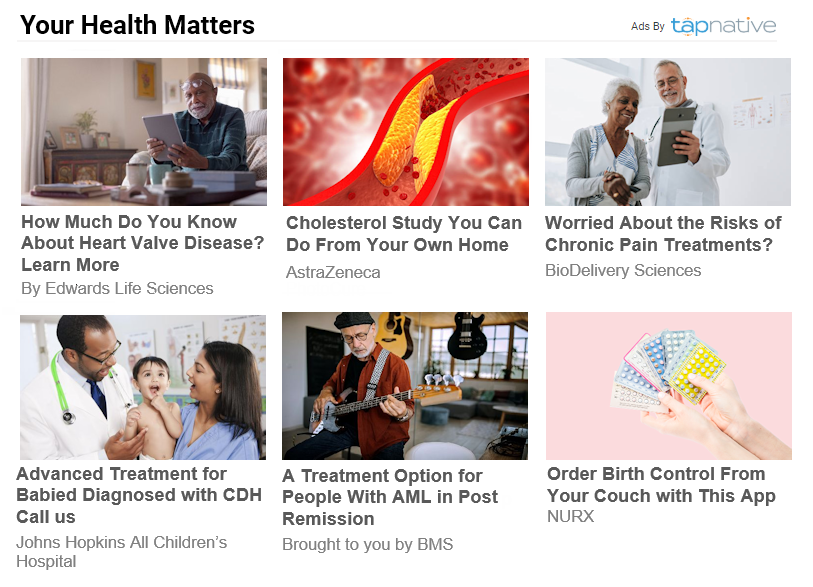Like the rest of us, healthcare professionals (HCPs) browse all sorts of websites, from clinical resources to industry news and insights. When all is said and done, medical publishers must squeeze as much value as possible out of every visit. This is becoming even more critical as the open web shrinks, more questions are answered by AI, and less traffic is referred to ad-supported content publishers.
Common Traits of HCP Website Behavior
- Short dwell times: Multiple studies and pharma marketing analyses suggest that HCPs often spend less than 1 to 2 minutes on a medical site unless there is immediately clear value.
- High bounce rates: Because HCPs are time-constrained, they often skim content quickly. If the site isn’t immediately relevant, they leave fast. Traditional engagement metrics become less meaningful in this context, and those visits don't create much value for the publisher.
- Task-oriented visits: HCPs tend to arrive with a specific goal in mind, such as looking for prescribing information, clinical data, or formulary status. They leave as soon as they find it or decide it's not there.
- Device usage: Many HCPs browse on mobile devices between patient visits or during short breaks. This increases the pressure to deliver fast-loading, mobile-optimized content.
HCP digital behavior is marked by transience and whether you admit it or not, your site is no different. Visits are short, frequent, and often end without engagement unless value is immediately clear. Most HCPs are on a mission. They scan, make decisions quickly, and move on. This makes bounce rate a poor proxy for true intent, but those short visits create little value for the publisher. To succeed, publishers must serve high-relevance, immediately scannable content optimized for micro-moments. They must also understand how web users naturally move from site to site and article to article.

Have you ever noticed how pages on sites like Facebook, LinkedIn, Twitter, TikTok, and others never end? They use whats called infinite scroll and they allow users to scroll and scroll. And as you scroll more ads and content load. In contrast, your site’s pages are finite, short, and end abruptly, signaling to visitors one thing: it's time to exit. They might have happily continued scrolling, but your content ends, so what else can they do? Now that you're thinking about this process, you should know there's one thing you likely haven't done yet, and that is:
MONETIZE THE EXIT!
Monetizing the exit means acknowledging the value of the HCPs visiting your site. It’s also in realizing that the most valuable action those visitors can take is clicking somewhere else. Being able to capture the market value, at the moment they’re going to leave anyway, is critical.
Tap Native's HCP-focused ad units are designed to be featured directly below your content (articles, videos, interactive tools). They feature highly optimized, non-branded content-style ads that generate CPCs in the $5.00 to $120.00 range, depending on the types of HCPs visiting. Here’s an example unit on the ADA Journal sites:

On average, you can expect to earn around $11.50 per click from Tap Native ads, depending on the types of HCPs and whether they can be authenticated using IQVIA’s AIM Reader. You might be thinking, “I don’t want to earn $11.50 and drive them away. I want the visitor to click on another one of my articles.”
Ok, let’s compare the two.
If the ads on your site generate a $150.00 RPM, then each page view generates 15 cents ($150.00 ÷ 1,000). If an HCP visit results in 3 page views, then you know you’ve earned 45 cents from that visit. So, the question is, once the visitor gets to the bottom of your content and is about to exit, do you want to show related content and try to earn another 15 cents, or would you rather attempt to generate $11.50, which is almost 80 times more? The click-through rates for your content and a Tap Native ad are about the same so you have roughly the same chance to either earn 15 cents or $11.50.
Adding a Tap Native ad unit gives you the ability to capture real revenue from the HCP’s inevitable exit. You can still cross-promote related content, bios, comments, newsletters, or anything else below that. You see, HCPs won’t scroll for ads, but some will scroll past ads to get to more content and offers. This means it’s critical to place the unit directly below the end of the content.
HCPs are unlikely to pay you an entrance fee and will only stay briefly. But you can add a significant new revenue stream without cannibalizing your existing revenue by monetizing the exit.
It’s also worth noting that Tap Native offers an option to sweep the revenue generated by these units into the marketing side of your Tap Native account. This helps power your own ads and offers across the Tap network and drives HCPs back to your content. We call this feature Traffic Reward Points.
Additionally, HCP sites featuring our ad units receive discounted CPCs. There are many more features waiting to be discovered in Tap Native’s publisher dashboard. Ask us for a demo.

